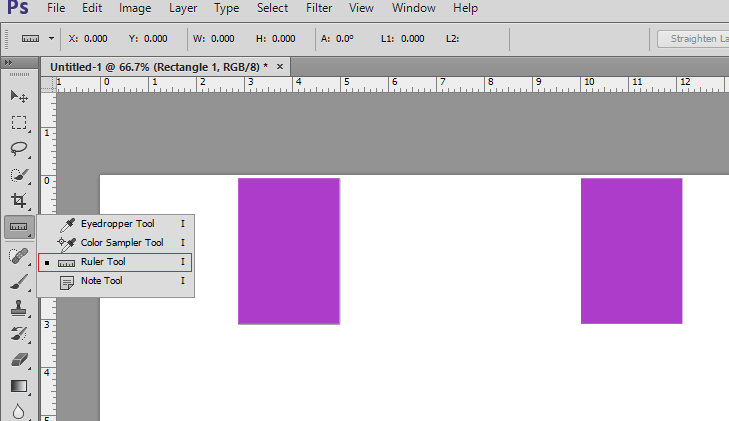
I placed a black border around the project so you could see the white sliver. If the project file doesn’t contain bleed, you run the risk of revealing a white sliver (blank paper) along the edge of the printed piece, which doesn’t look good at all. To avoid this mess, the project must be printed on a larger piece of paper that includes bleed (image area extended past the trim edge) and then trimmed down to produce the final product. Ink will build up and create a big ink splotch at the edge of the paper. In the case of a printing press, it technically can print to the edge of the paper, but the results will be poor. The reason is that printing presses (and even most digital printers) cannot print to the edge of a piece of paper.

Whenever you have a project where the final printed appearance contains ink that goes to the edge of the paper, bleed is required. You’ll never hear someone in the web or video industry ask for a file that contains bleed.

What is bleed?īleed is a requirement specific to print jobs. Although Photoshop doesn’t have a specific bleed setting that can be applied to a document, it can still be accomplished with a little bit of forethought and pre-planning. Photoshop on the other hand, seems to be conspicuously missing this feature. Both Illustrator and InDesign provide the ability to create a file that contains bleed marks that serve as a reference for you when designing your project.

#Photoshop ruler tool line missing how to#
One question that I receive on a fairly regular basis, is how to add bleed to an image or project in Photoshop.


 0 kommentar(er)
0 kommentar(er)
